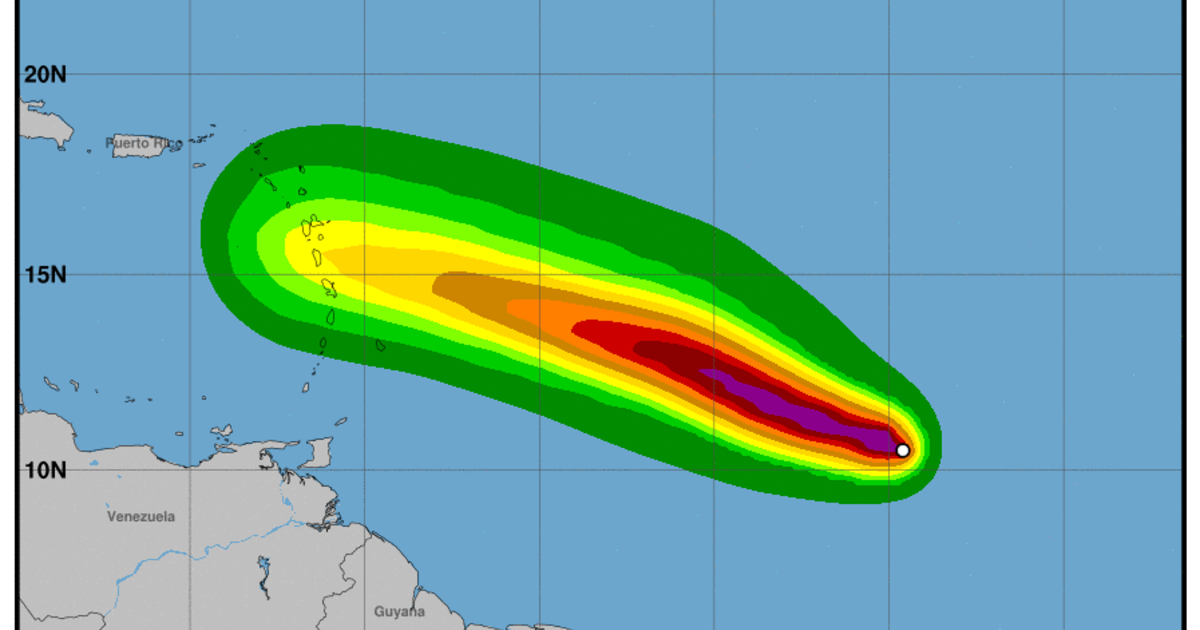Beryl’s Current Position and Movement

Beryl projected path – As of July 8th, 2023, Tropical Storm Beryl is currently located approximately 300 miles south-southeast of Cape Hatteras, North Carolina, with maximum sustained winds of 65 mph. Beryl is moving north-northeast at 14 mph, and is expected to continue on this track for the next 24 hours.
If you’re interested in learning more about the beryl projected path , be sure to check out our website. We have a wealth of information on this topic, including detailed maps and charts. You’ll also find helpful tips and advice from experienced hikers who have completed the beryl projected path.
The latest weather models predict that Beryl will continue to strengthen as it moves towards the coast of North Carolina. The storm is expected to make landfall near Cape Lookout on Saturday night, with winds of up to 80 mph. Beryl is then expected to weaken as it moves inland, but it could still bring heavy rainfall and flooding to parts of North Carolina, Virginia, and Maryland.
Beryl projected path shows it moving west-northwest. For more information on Hurricane Beryl, visit barbados hurricane beryl. Beryl projected path indicates it will continue moving in this direction.
Potential Impacts of Beryl
The potential impacts of Beryl include:
- Heavy rainfall and flooding
- Storm surge
- High winds
- Tornadoes
Residents in the path of Beryl should be prepared for these potential impacts and take necessary precautions.
Beryl’s Intensity and Impacts: Beryl Projected Path

The Saffir-Simpson Hurricane Wind Scale (SSHWS) is a 1 to 5 rating system used to classify hurricanes based on their maximum sustained wind speeds. The scale was developed by Herbert Saffir and Robert Simpson in 1971 and is used to estimate potential property damage and flooding hazards.
Beryl is currently a Category 1 hurricane with maximum sustained winds of 75 mph. The storm is expected to strengthen to a Category 2 hurricane by the time it reaches the coast. The potential impacts of Beryl’s winds include downed trees and power lines, damage to buildings, and flooding.
Rainfall
Beryl is expected to produce heavy rainfall, with some areas receiving up to 10 inches of rain. The heavy rainfall could lead to flash flooding, river flooding, and mudslides.
Storm Surge, Beryl projected path
Beryl is also expected to produce a storm surge of up to 6 feet. The storm surge is a wall of water that can cause extensive flooding and damage to coastal areas.
Safety Precautions and Evacuation Plans

As Beryl approaches, it is crucial to prioritize safety and prepare for potential evacuation. Residents in potentially affected areas should take necessary precautions and heed official guidance.
Stay informed about Beryl’s progress and potential impacts through reliable sources, such as local news, weather forecasts, and official government updates. These sources will provide up-to-date information and advisories.
Evacuation Plans
Develop an evacuation plan that includes designated meeting points, evacuation routes, and arrangements for family members and pets. Identify multiple evacuation routes in case primary routes become impassable.
Prepare an emergency kit with essential supplies such as non-perishable food, water, first-aid items, medications, important documents, and a battery-powered radio for communication.
Official Guidance
Follow official safety guidelines and evacuation orders issued by local authorities. These orders are based on real-time assessments and are intended to protect lives and property.
Avoid unnecessary travel and stay indoors during the storm. If evacuation is ordered, leave promptly and follow the designated evacuation routes.
Staying Informed
Stay informed about Beryl’s progress through official channels such as local news, weather forecasts, and government updates. These sources will provide up-to-date information and advisories.
Use reliable weather apps or websites to track the storm’s path and potential impacts on your area. Monitor social media for real-time updates and information from local authorities.